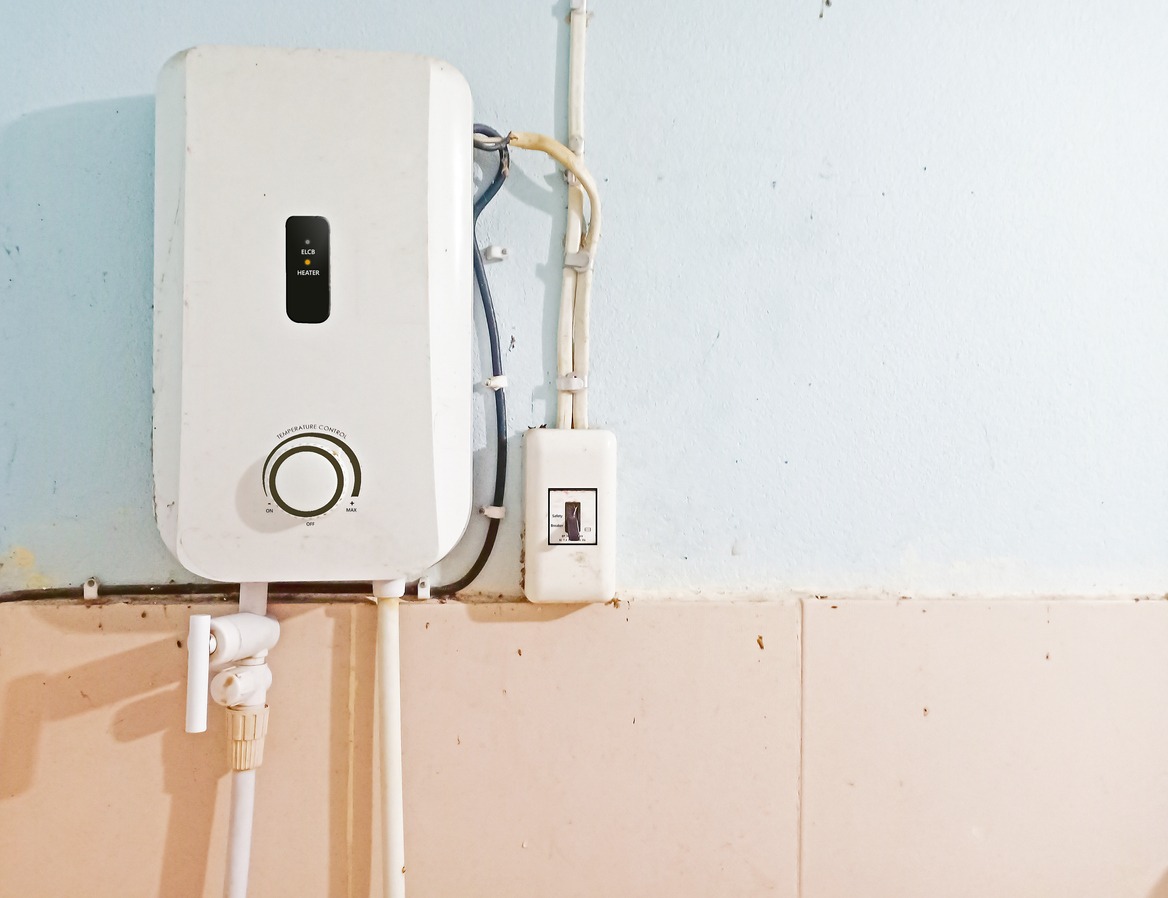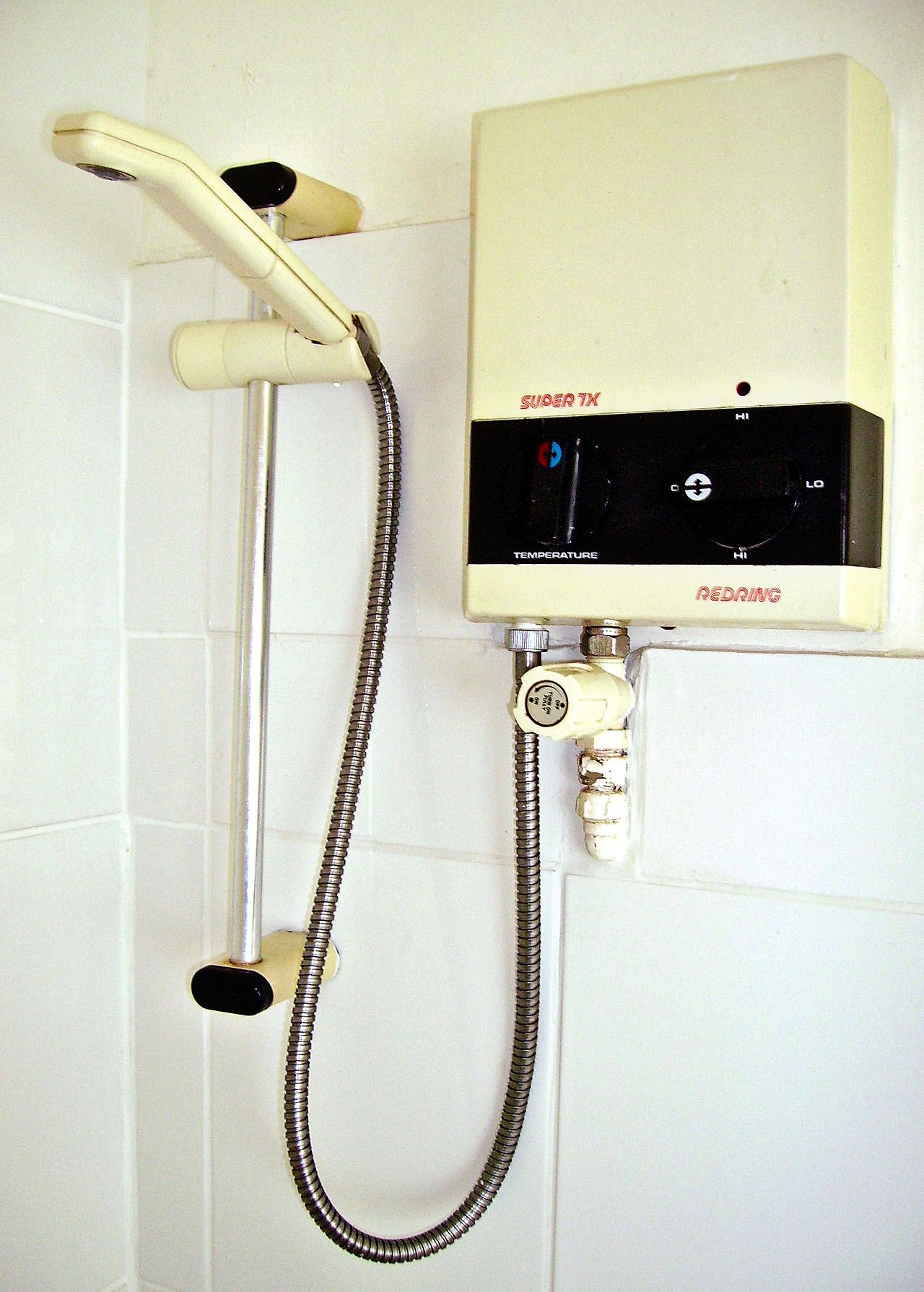In a home with expansive showers, large washing machines, and even more than one dishwasher, a traditional water heater with a storage tank may not be large enough to keep up with the everyday demands. One of the worst things to happen at home is trying to get ready and getting a cold shower that will leave you freezing because someone else used all the hot water. You can also check out prime heaters to know more about water heaters.
Also, a water heater with a tank is an energy waster. The water cools in the tank and is re-heated several times a day when no one is at home. If you want a more efficient heater, give strong consideration to a tankless water heater. Also known as on-demand water heaters, these heaters don’t usually store hot water, but they create hot water on demand and remain inactive when water is not in demand.
How does a Tankless Water Heater Work?
A tankless water heater directly heats water on demand as required. Unlike traditional hot water heaters that use a storage tank, tankless units have no tanks, so there’s no standby heat loss, which is a character flaw of traditional hot water heaters.
When you open a hot water tap, cold water enters the unit, and it is heated by a heating element that’s turned on by a flow-activated switch. The heating element can be a gas-fired burner using propane or natural gas, or an electric-resistance heating coil. The tankless water heater calculates how much heat the burners must produce to deliver water at its desired temperature by identifying the incoming tap water temperature. As a result, it can deliver hot water that’s just right to your liking. And when the faucet is turned off, the tankless water heater also turns off.
Factors to Consider When Choosing a Tankless Water Heater
When sizing the unit, here are three variables that have to be considered:
- The volume of water required to be heated, measured as flow rate in gallons per minute
- The desired temperature of hot water to be released by the unit
- The temperature of cold water entering the unit
These factors determine the size and type of tankless water heater suitable for your needs and whether you require multiple units for different areas of your home.
Two Principle Designs of Tankless Water Heaters
Tankless water heaters come in two principle designs:
1. Point-of-Use
The point-of-use tankless water heater is usually small and typically fits inside a sink cabinet or a closet. They usually come in the form of dedicated-use heaters, in which the unit serves one sink or faucet or one shower. These are less expensive than
The point-of-use tankless water heaters are less costly than whole-house units, and costs around a few hundred dollars without installation. They are good choices for applications, such as when your standard water heater is in good shape but doesn’t have sufficient capacity to serve extra features.
2. Whole-House
Whole-house units have a higher GPM flow rate and can handle the demand for more than one fixture at a time. Unlike a point-of-use tankless heater, this unit can handle two shower fixtures at a time, or a sink, a dishwasher, and a lavatory hot water faucet at a time.
Whole-house water heaters are more expensive than point-of-use heaters because they can accommodate different fixtures at one time. They cost from several hundred to several thousand dollars without installation.
Electric vs. Gas Tankless Water Heaters
If you’re going to buy a tankless water heater, you will choose from an electric or natural gas model. These two types of heaters have many differences that extend beyond the potential cost of rewiring your house.
Electric Tankless Water Heaters
The biggest difference between electric and gas water heaters is their efficiency. Electric tankless water heaters are usually around 98% efficient, compared to gas tankless water heaters that are around 80-85 percent efficient.
However, they don’t qualify for rebates or an Energy Star rating, which needs a product to improve the energy output of 14 percent over older models. Also, an electric tankless water heater consumes a lot of electricity, as a whole house electric tankless heater can use more than 25,000 watts of electricity compared to 5,000 watts of electricity.
Gas Tankless Water Heaters
Gas tankless water heaters last longer than traditional water heaters, and they are even safer to use than conventional ones. It uses natural gas and is around 23% more efficient than a standard storage version, which is about 60% efficient.
Though electric versions are more energy-efficient, gas-powered tankless water heaters qualify for a federal tax rebate.
Pros and Cons of Tankless Water Heaters
As with any technology, they come with their own set of advantages and disadvantages. It’s essential to weigh these pros and cons carefully to determine whether a tankless water heater is the right choice for your household needs. This guide aims to provide a balanced view, helping homeowners make an informed decision about upgrading to a tankless water heating system.
Pros:
Space-saving – While more people are choosing smaller homes, a tankless water heater is just fitting. A large 40- to 60-gallon storage tank may not be convenient, so a tankless water heater offers a solution. It can be hung on the wall and out of the way, providing usable space on the ground.
Long-lasting – The rugged construction of tankless water heaters give them a long life expectancy. On average, it can last for 20 years, while tank-type water heaters can last for 10 to 15 years.
Offers longer warranties – Warranties for tankless water heaters usually lasts for 15 years, while traditional ones come up with an average of 6-year warranties.
Endless water source – A tankless water heater can provide unlimited hot water as long as it operates within its capacity.
Reduced eco-impact – Tankless water heaters do not waste energy by keeping water warm because it only heats water on demand. But not only that, but they also have repairable parts, unlike traditional water heating tanks that have parts that needed to be replaced entirely.
Saves money in the long run – Installing a tankless water heater can be expensive. Still, the Department of Energy estimates that a gas tankless water heater can save you an average of $108 in energy costs per year as compared to using traditional tank counterparts. Meanwhile, electric tankless heaters save $44 a year.
Cons:
High installation cost – The initial upfront costs of installing a new tankless water heater is high, both for the heater itself and for the installation.
Water output – The water output of a tankless water heater is more limited since your household needs include showers, dishwashers, and laundry, which can be used at the same time. This is the reason why sometimes you need to install more than one tankless water heater in your home.
Water temperatures can fluctuate – Unless your heater is equipped with modulating temperature control, it may not heat water to a constant temperature at different flow rates.
Not all homes can support tankless water heaters – For homeowners with electric-only utilities, they may need to upgrade their electrical system, which can add as much as $5,000 to the cost of installing a tankless water heater.
Final Thoughts
In conclusion, tankless water heaters present a modern solution to the challenge of providing sufficient hot water for large homes and active households. With their on-demand functionality, they offer energy efficiency, space savings, and an uninterrupted hot water supply, making them an increasingly popular choice in today’s homes. However, considering their higher initial cost and potential limitations in output, it’s crucial to assess your specific needs and consult with a professional before making a decision.


